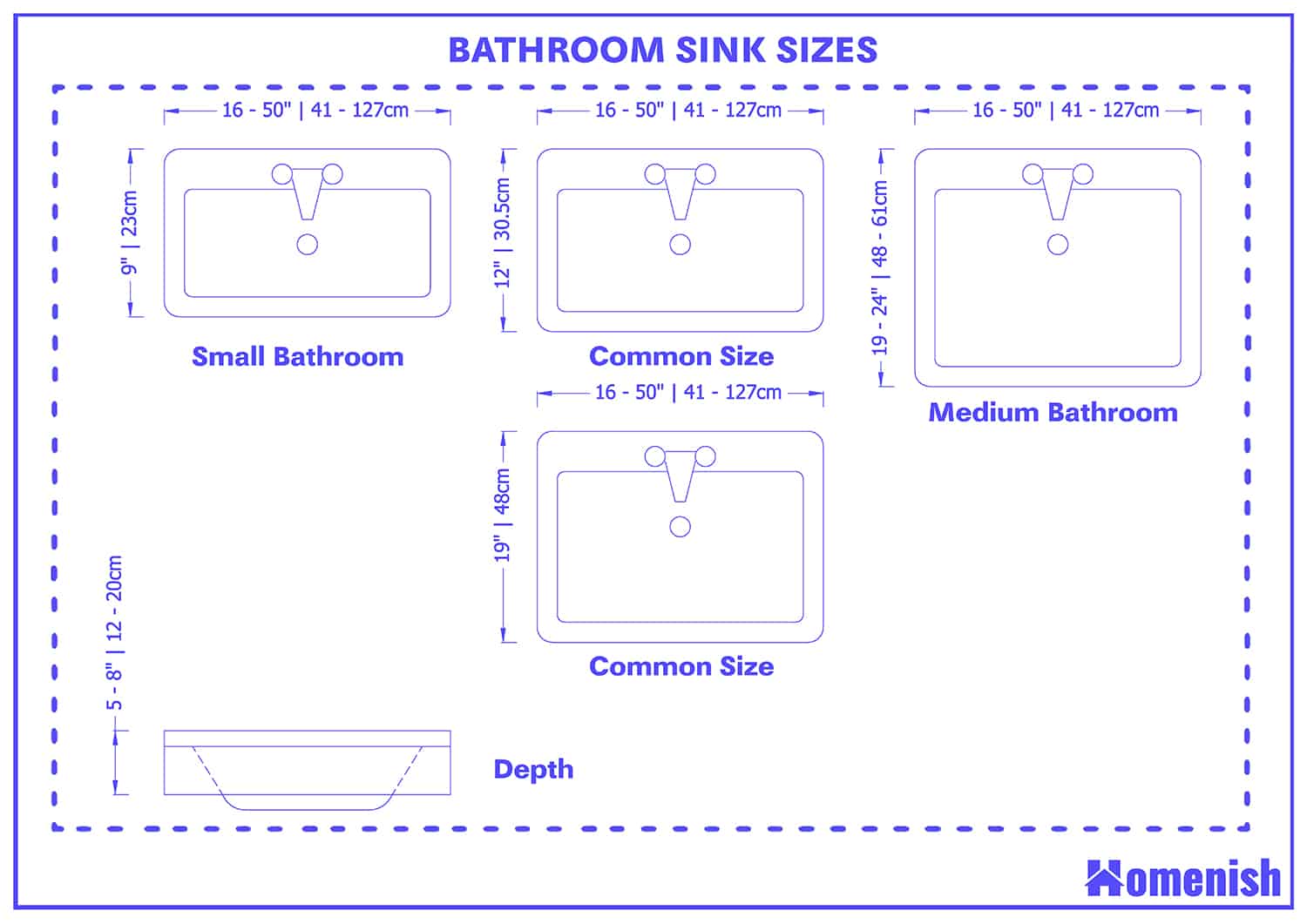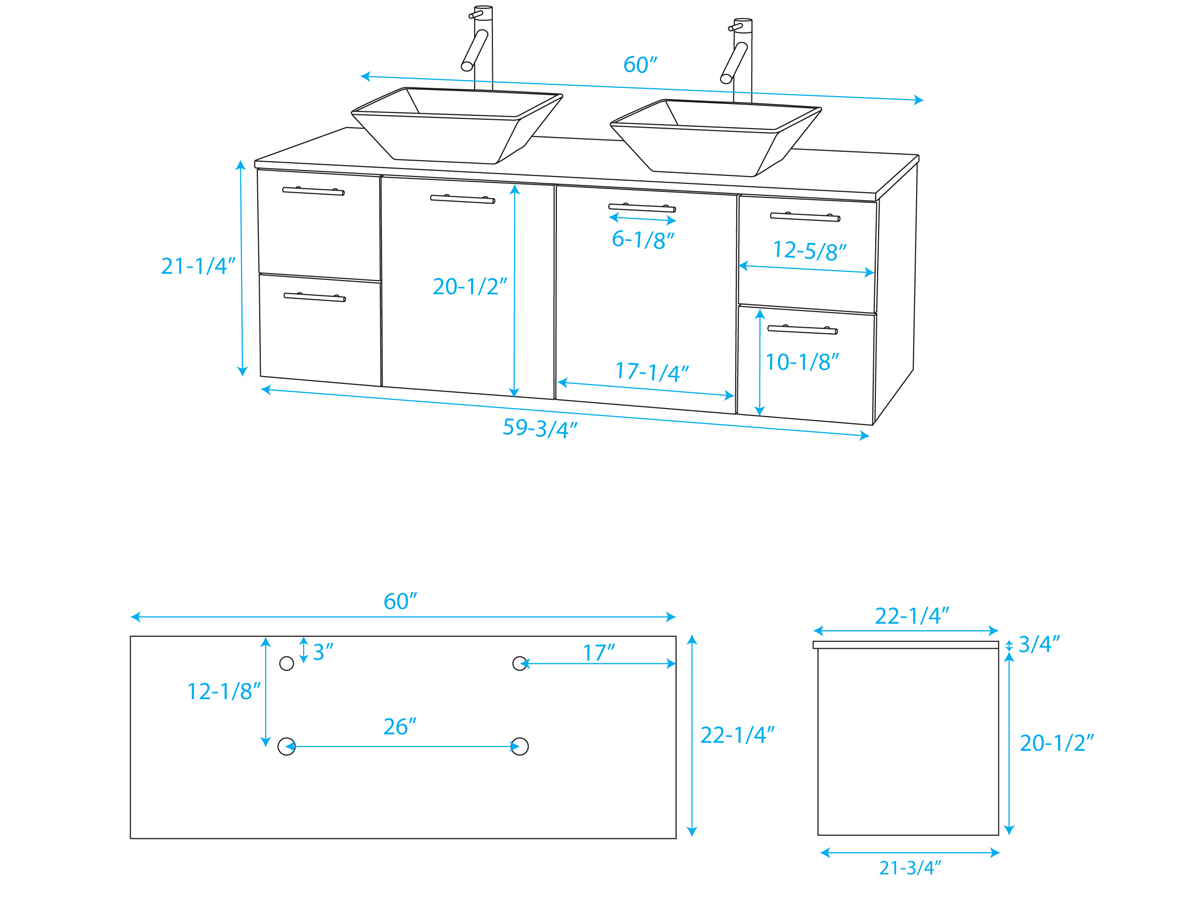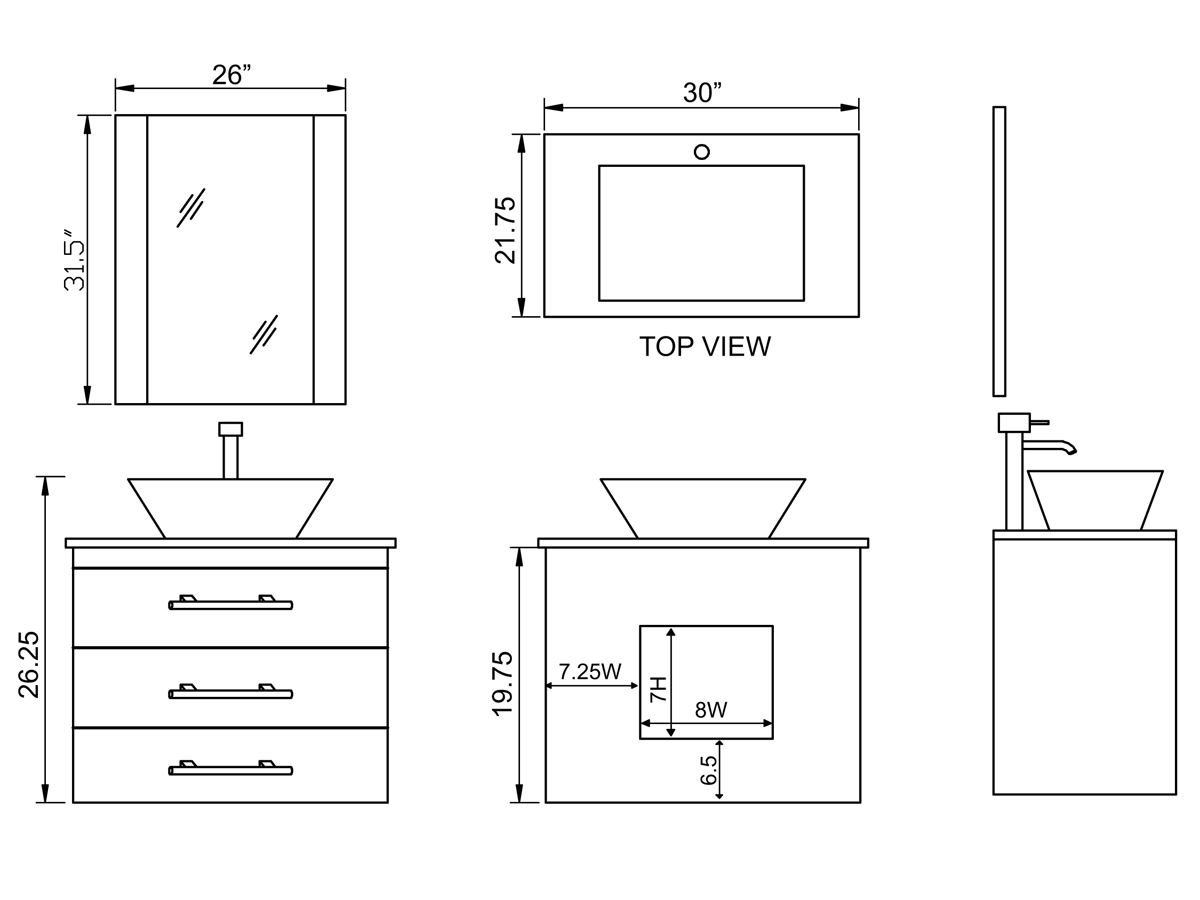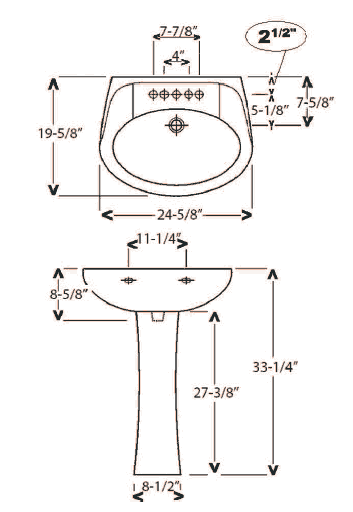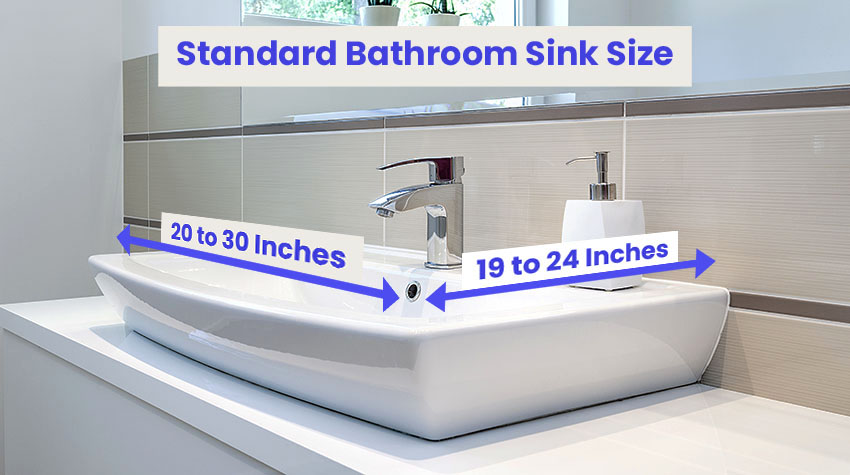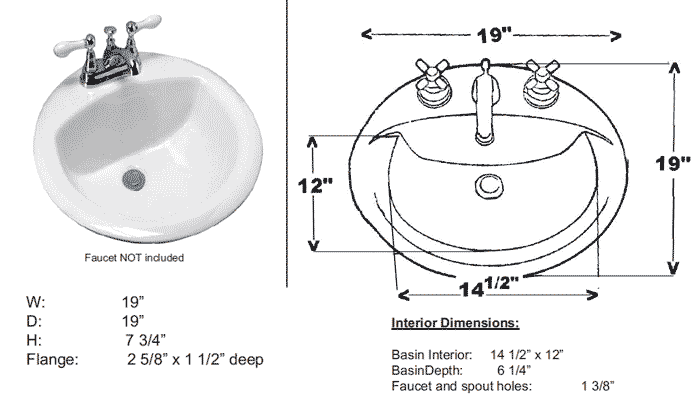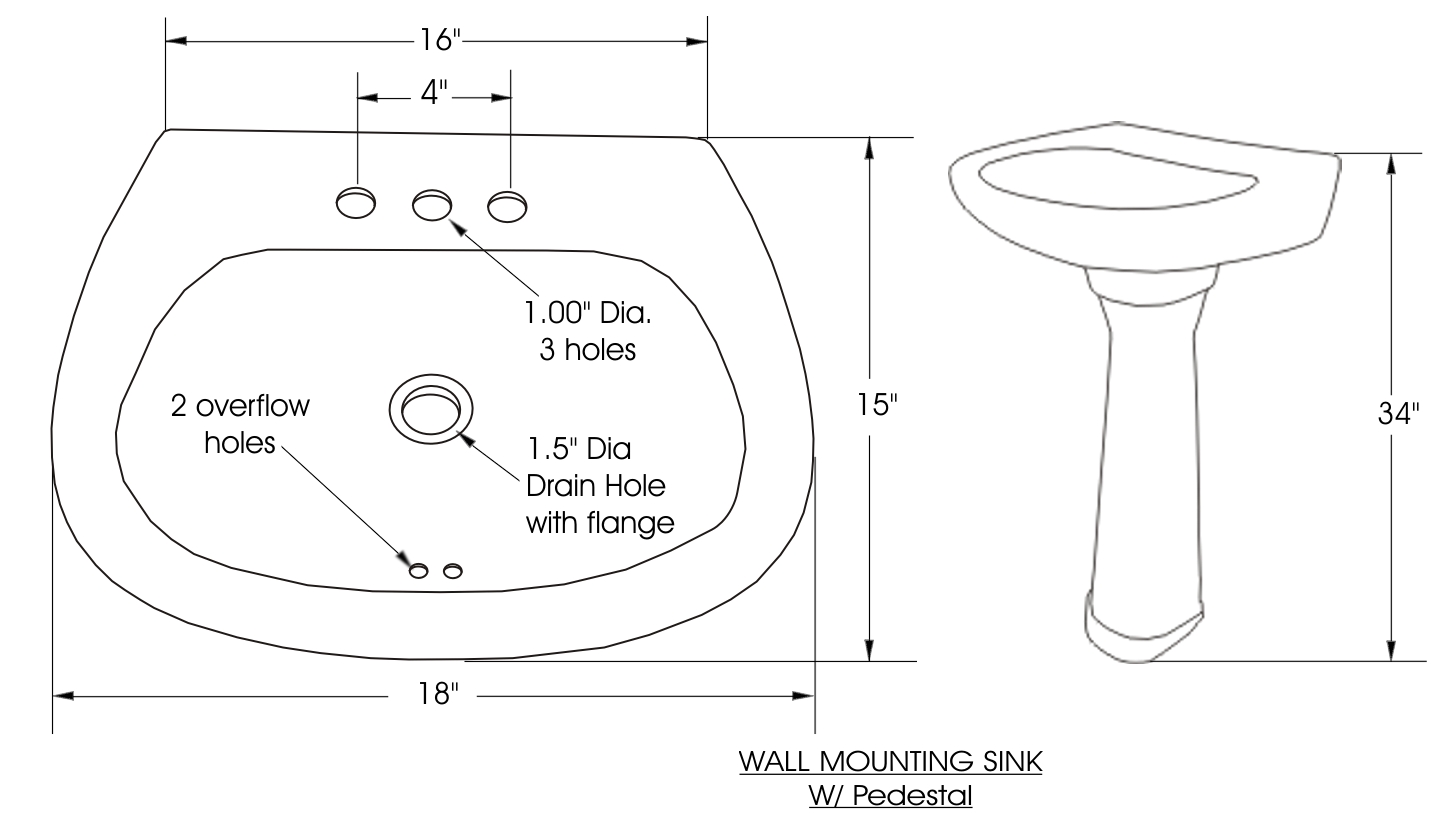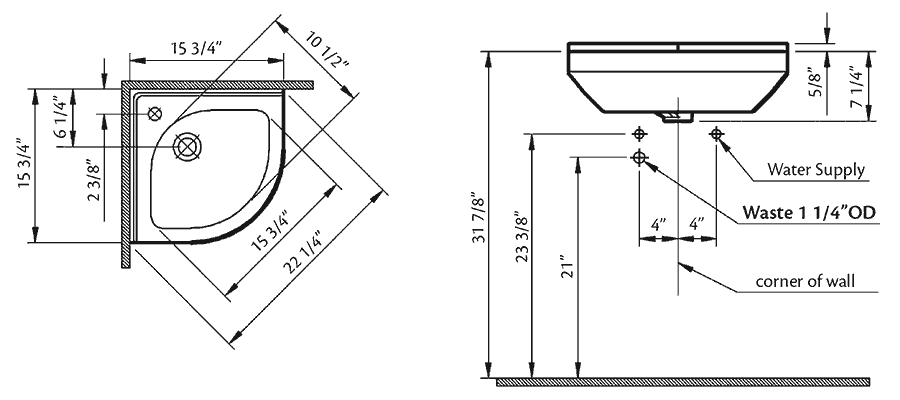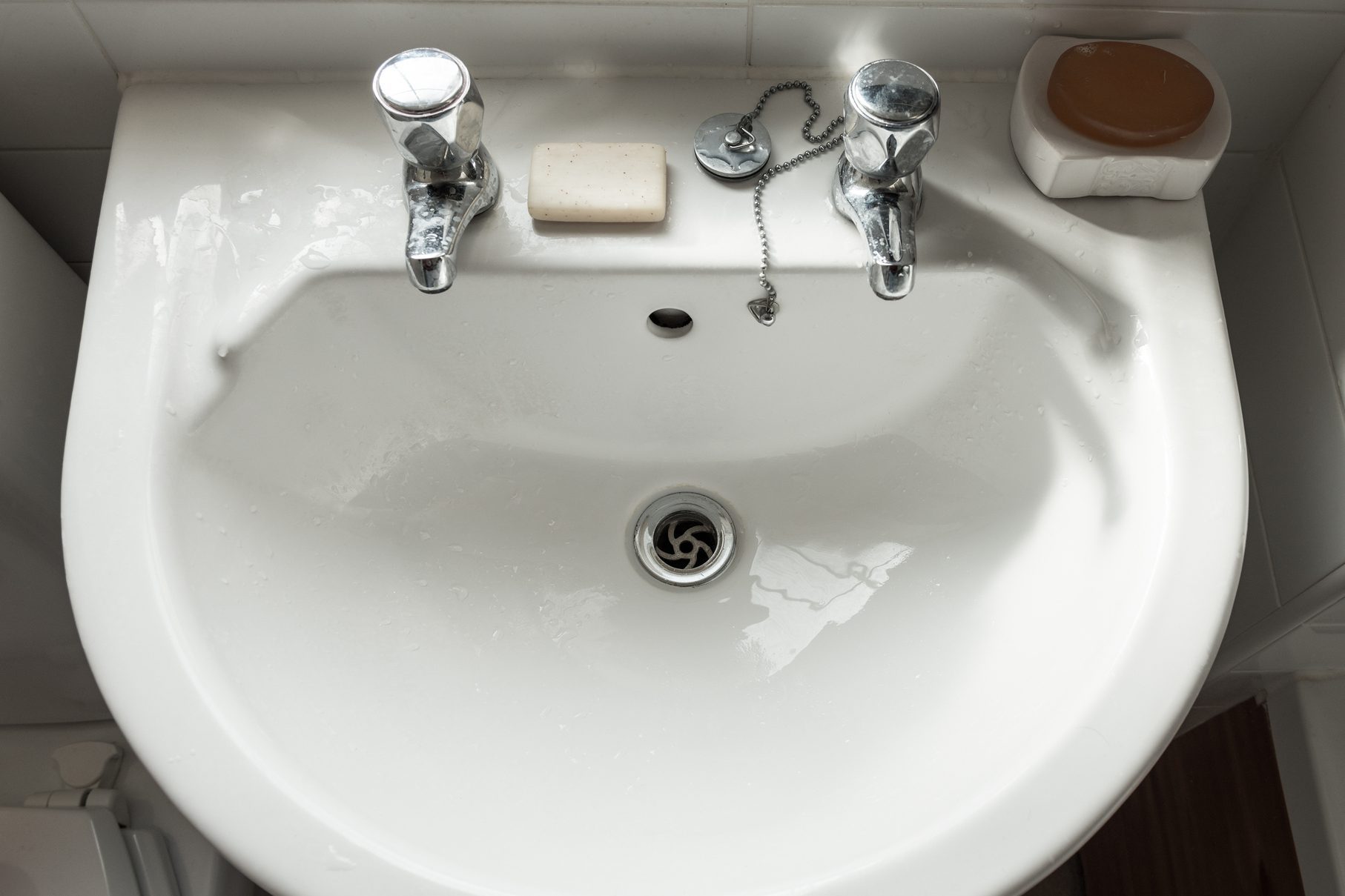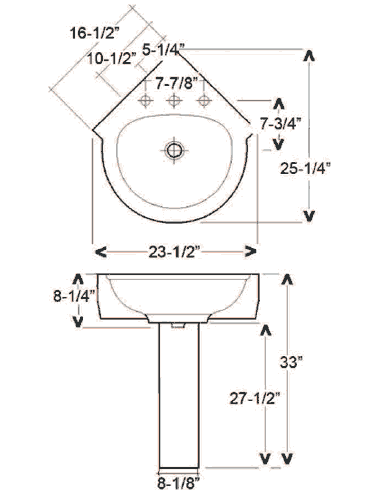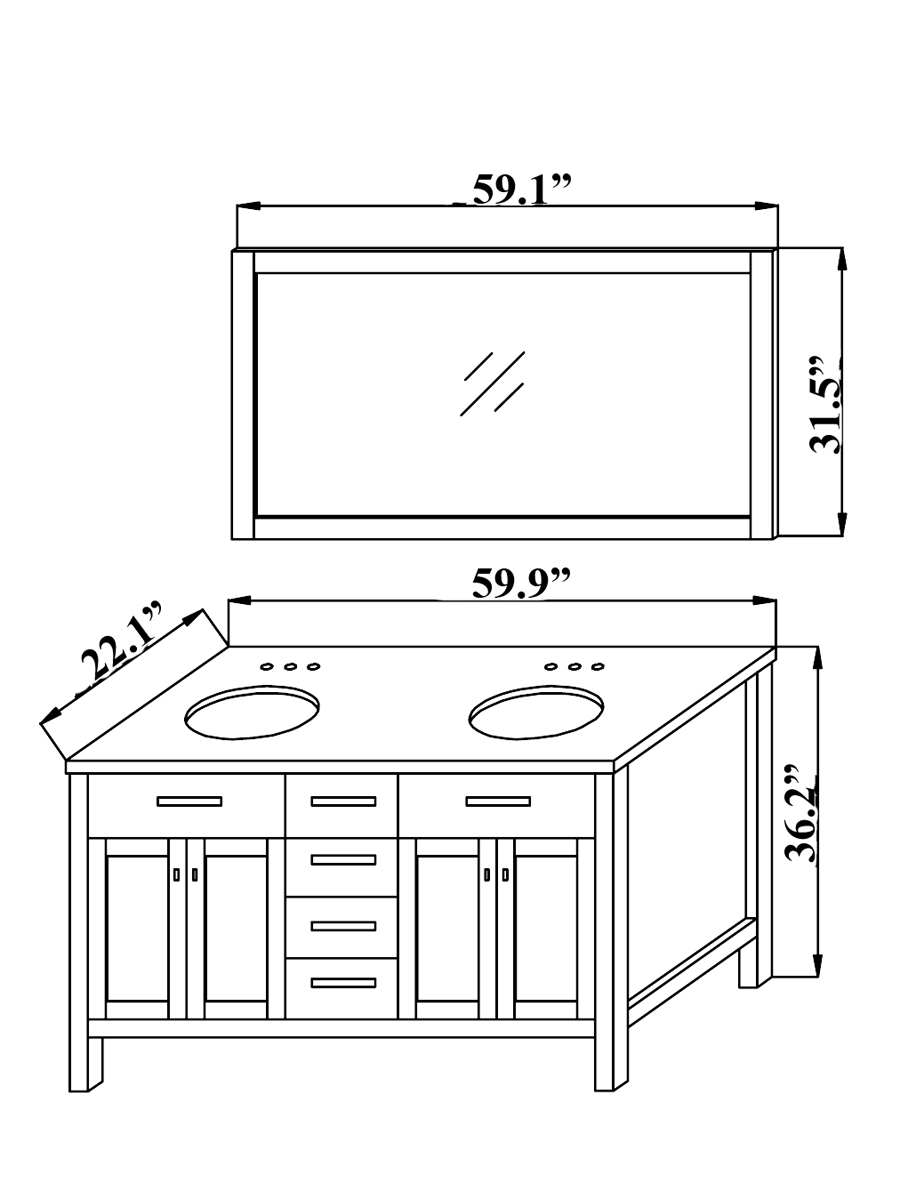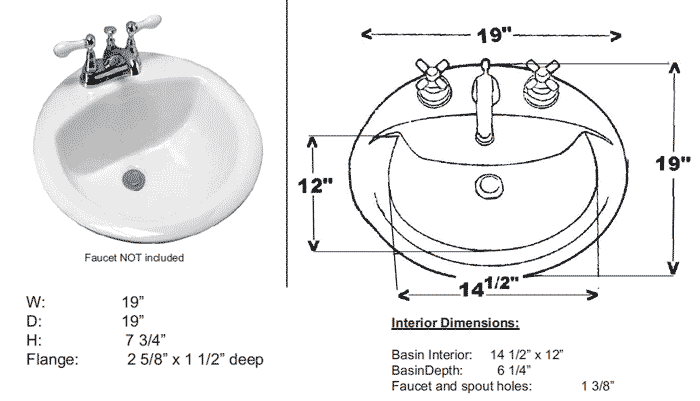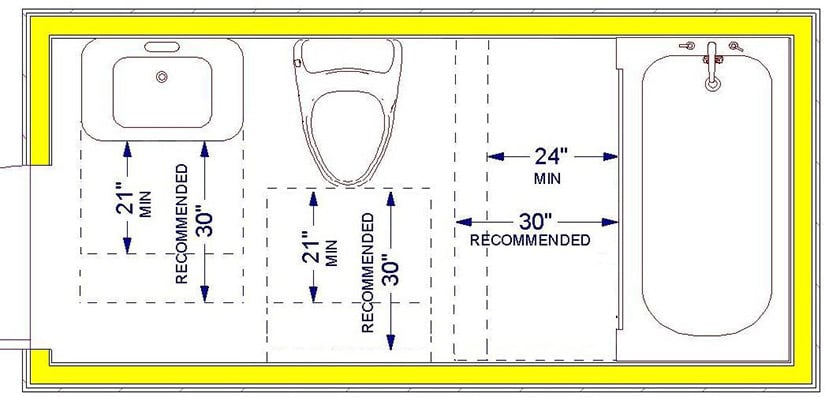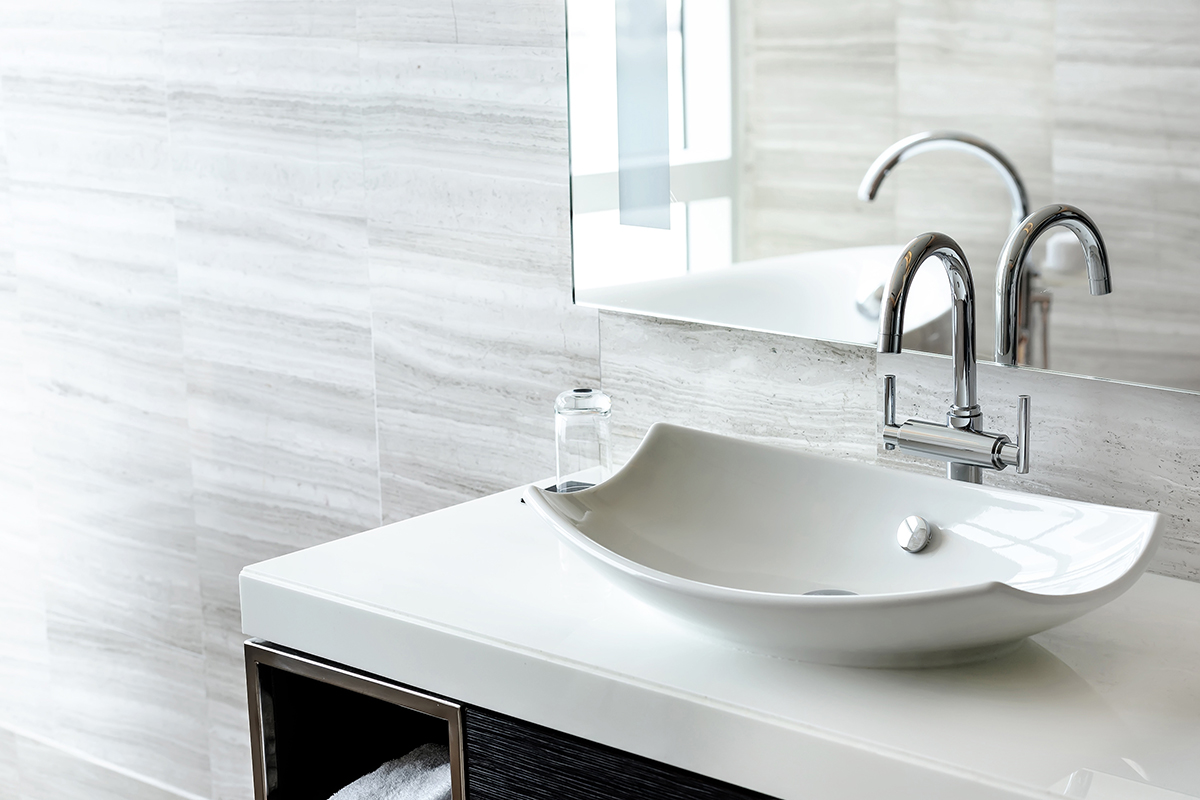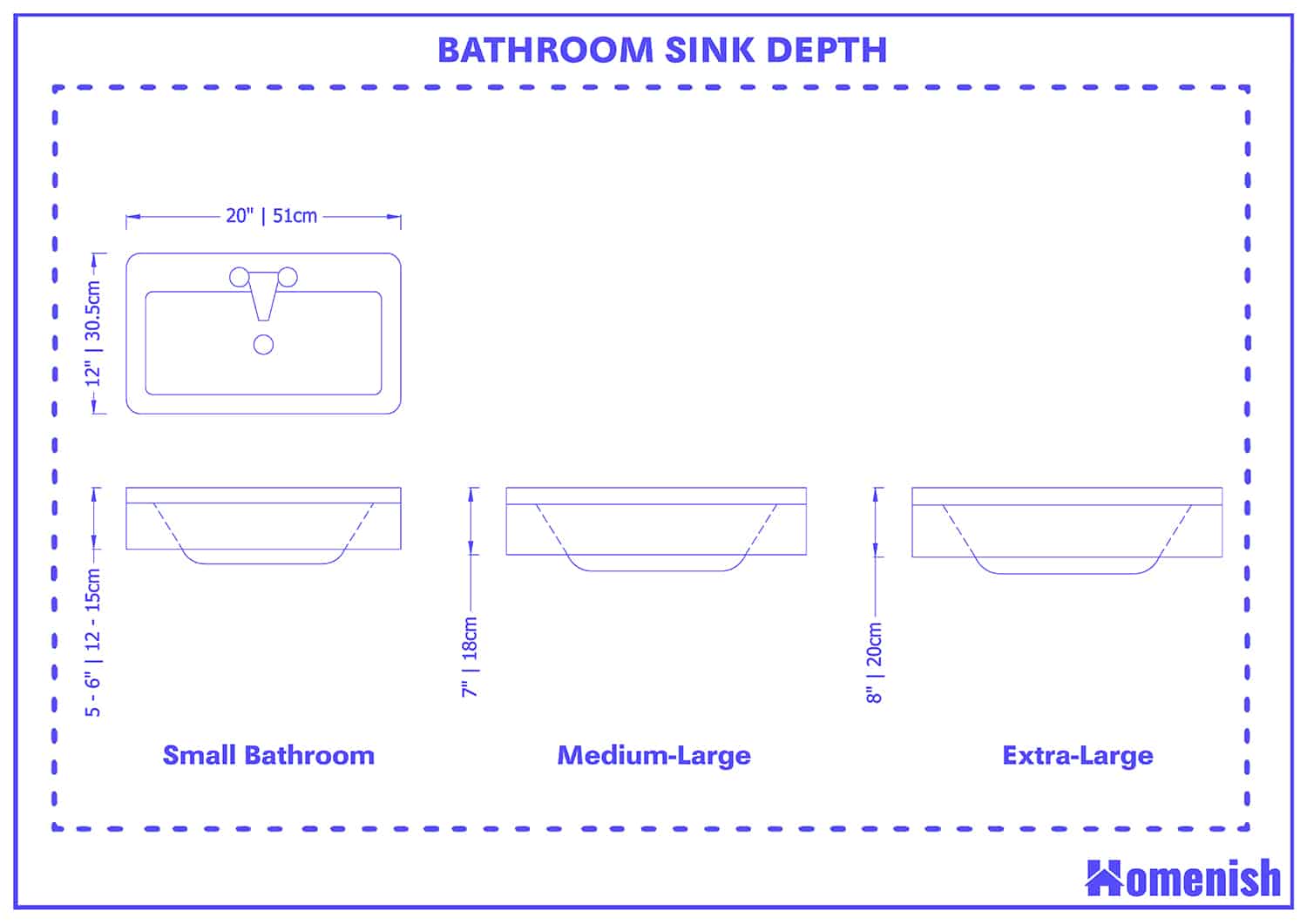Bathroom Sink Dimensions: Standard Size, Measurements, and More
When it comes to designing or renovating your bathroom, choosing the right bathroom sink dimensions is crucial. Not only does it affect the overall look and feel of your bathroom, but it also plays a significant role in functionality and space optimization. With so many options available in the market, it can be overwhelming to determine which size and style of bathroom sink would work best for your needs. In this article, we will guide you through the standard size, measurements, and more to help you make an informed decision.
Bathroom Sink Sizes: Standard, Corner, Pedestal, and More
The first thing to consider when selecting a bathroom sink is its size. The most common bathroom sink dimensions are 20 inches to 24 inches in width and 16 inches to 23 inches in depth. However, there are various sizes available, depending on the type of sink you choose. For example, a corner sink is perfect for small bathrooms as it fits snugly in the corner, saving space. A pedestal sink, on the other hand, is a great option for a more elegant and traditional look. It typically ranges from 33 inches to 34 inches in height, making it a comfortable option for most individuals.
Bathroom Sink Dimensions: How to Choose the Right Size
When deciding on the right size for your bathroom sink, there are a few things to keep in mind. First, consider the size of your bathroom. A larger bathroom can accommodate a bigger sink, while a smaller bathroom would benefit from a smaller sink to optimize space. Next, think about how the sink will be used. If it is for a shared bathroom, a wider sink with two faucets would be more practical. For a powder room, a smaller sink would suffice. Lastly, consider the height of the sink. The standard height of a bathroom sink is 32 inches, but it can vary depending on your preference and needs.
Bathroom Sink Dimensions: What You Need to Know
Aside from the size of the sink, there are a few other dimensions that you need to be aware of. These include the faucet height, faucet spread, and drain size. The standard faucet height is 4 inches, but it can range from 3 inches to 6 inches. The faucet spread refers to the distance between the hot and cold water handles. This can range from 4 inches to 8 inches, with 4 inches being the most common. Lastly, the drain size is typically 1.25 inches to 1.5 inches in diameter. Make sure to check these dimensions before purchasing a sink to ensure compatibility with your existing plumbing.
Bathroom Sink Dimensions: Standard Size, Measurements, and More
When it comes to bathroom sinks, the size is not the only factor to consider. It is also essential to choose a sink that fits your design aesthetic and complements the overall style of your bathroom. There are various styles available, such as undermount, drop-in, vessel, and wall-mounted sinks. Each of these styles comes in different sizes, so make sure to choose one that fits your needs and preferences. Additionally, consider the material of the sink, whether it be porcelain, ceramic, or stone, as this can also affect the dimensions and overall look of the sink.
Bathroom Sink Dimensions: Standard Size, Measurements, and More
Another important aspect to keep in mind is the location of your sink. The placement of the sink can impact the dimensions and style you choose. For example, a wall-mounted sink would be a better option for a small bathroom with limited counter space, while a drop-in sink would work best for a larger vanity. It is also important to consider the plumbing and make sure there is enough space for the pipes and drainage system.
Bathroom Sink Dimensions: Standard Size, Measurements, and More
When it comes to purchasing a bathroom sink, it is crucial to measure the space where the sink will be installed accurately. This will help you determine the maximum size of the sink that can fit in your bathroom. It is also helpful to take into account the surrounding fixtures, such as the toilet and bathtub, to ensure there is enough space for movement. Additionally, consider the clearance space around the sink for easy cleaning and maintenance.
Bathroom Sink Dimensions: Standard Size, Measurements, and More
Lastly, it is essential to keep in mind the building codes and regulations in your area when installing a bathroom sink. Each state or country may have different requirements for the dimensions and placement of bathroom fixtures, so make sure to do thorough research or consult a professional before making any changes to your bathroom. This will ensure that your sink is up to code and safe to use.
Bathroom Sink Dimensions: Standard Size, Measurements, and More
In conclusion, selecting the right bathroom sink dimensions is crucial for both functionality and aesthetics. Consider the size, style, material, and location of the sink, as well as the plumbing and building codes, to make an informed decision. With the right dimensions, your bathroom sink will not only serve its purpose but also elevate the overall look and feel of your bathroom.
The Importance of a Well-Designed Bathroom Sink in Your House Plans
Creating a Functional and Stylish Bathroom Design
Maximizing Space and Functionality
 The
bathroom sink
is more than just a place to wash your hands. It is also where you brush your teeth, apply makeup, and store your toiletries. Therefore, it is essential to carefully consider its placement and size in your house plans. With limited space in most bathrooms, it is important to
maximize
its functionality without sacrificing style.
This is where the
plan dimension
of the sink comes into play. By carefully measuring and planning the dimensions of the sink, you can ensure that it fits perfectly in your bathroom without taking up too much space. This will leave room for other essential features such as storage cabinets, a bathtub, or a shower.
The
bathroom sink
is more than just a place to wash your hands. It is also where you brush your teeth, apply makeup, and store your toiletries. Therefore, it is essential to carefully consider its placement and size in your house plans. With limited space in most bathrooms, it is important to
maximize
its functionality without sacrificing style.
This is where the
plan dimension
of the sink comes into play. By carefully measuring and planning the dimensions of the sink, you can ensure that it fits perfectly in your bathroom without taking up too much space. This will leave room for other essential features such as storage cabinets, a bathtub, or a shower.
Choosing the Right Style and Material
 Aside from its functional purpose, the
bathroom sink
can also add to the overall aesthetic of your bathroom design. There are a variety of styles and materials to choose from, such as
modern
and sleek glass sinks, classic and elegant porcelain sinks, or rustic and natural stone sinks.
Bold
and
creative
designs can also make a statement in your bathroom, adding a unique touch to the space.
In addition to style, it is important to consider the
durability
and
ease of maintenance
of the sink. Since it is a high-traffic area, the sink should be able to withstand daily use and be easy to clean. This will ensure that your bathroom remains functional and visually appealing for years to come.
Aside from its functional purpose, the
bathroom sink
can also add to the overall aesthetic of your bathroom design. There are a variety of styles and materials to choose from, such as
modern
and sleek glass sinks, classic and elegant porcelain sinks, or rustic and natural stone sinks.
Bold
and
creative
designs can also make a statement in your bathroom, adding a unique touch to the space.
In addition to style, it is important to consider the
durability
and
ease of maintenance
of the sink. Since it is a high-traffic area, the sink should be able to withstand daily use and be easy to clean. This will ensure that your bathroom remains functional and visually appealing for years to come.



